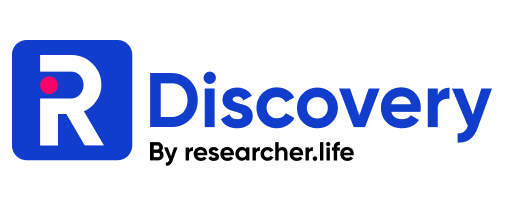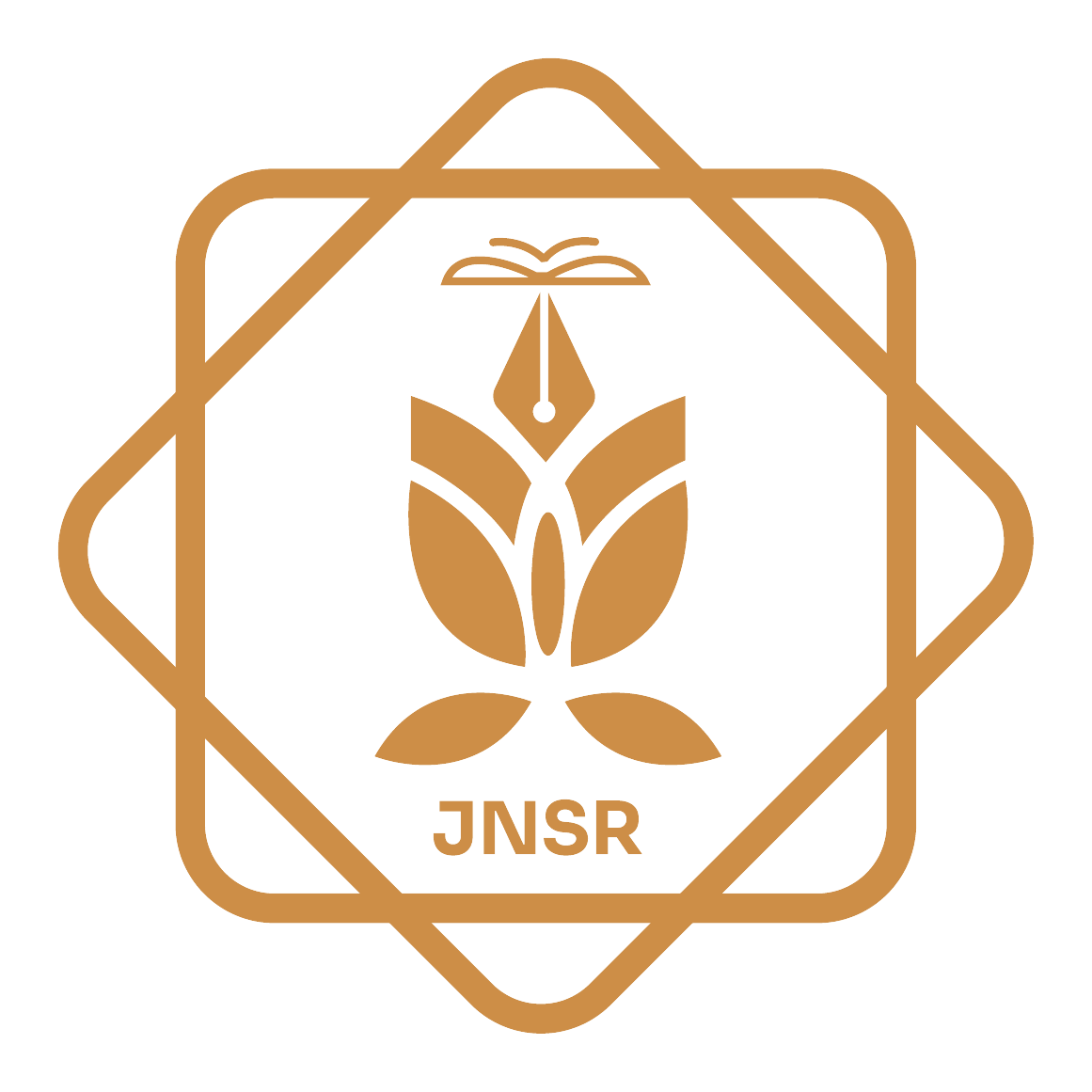Determination of Chemical Contaminants of Groundwater in District 17 of Kabul City
DOI:
https://doi.org/10.62810/jnsr.v2i2.47Keywords:
Kabul City, Groundwater, Water quality, Chemical parameter, Water contaminationAbstract
Water quality assessment is crucial for identifying and mitigating potential contamination sources that impact human health, ecosystems, and industries. This study investigates groundwater quality in District 17 of Kabul City, Afghanistan, by analyzing various chemical parameters. The district, established in 2003 due to rural-urban migration, covers 70 square kilometers with approximately 400,000 inhabitants and 42,000 residential homes. Four groundwater samples were collected from wells across District 17 and analyzed in laboratories following standard methods adhering to WHO guidelines and Afghan National Standards. The study examined fluoride, sulfate, nitrate, iron, pH, and electrical conductivity. Findings revealed an average fluoride concentration of 0.76 mg/L within the acceptable range. Sulfate levels were normal, with the lowest reading at 297.5 ppm. However, the average nitrate content of 12.425 ppm exceeded the 10-ppm standard, indicating potential contamination. The average iron content of 0.24 ppm was acceptable, and the water pH of 7.65 was suitable. Notably, the electrical conductivity measured 1258 μS/cm, surpassing expected standards and suggesting groundwater quality issues. The findings serve as a baseline for future research and developing strategies to address water pollution and quality concerns in Kabul City. Comprehensive assessments of groundwater resources are vital for maintaining public health, environmental sustainability, and industrial operations.
Downloads
References
Abbasi, T., & Abbasi, S. A. (2011). Water quality indices based on bioassessment: The biotic index. Journal of Water and Health, 9(2), 330–348. DOI: https://doi.org/10.2166/wh.2011.133 DOI: https://doi.org/10.2166/wh.2011.133
Alfarra, A., Kemp-Benedict, E., Höltz, H., Sader, N., & Sonneveld, B. (2012). Modeling water supply and demand for effective water management allocation in the Jordan Valley. Journal of Agricultural Science and Applications, 1(1), 1–7.DOI: http://dx.doi.org/10.14511/jasa.2012.010101 DOI: https://doi.org/10.14511/jasa.2012.010101
Amahmid, O., El Guamri, Y., Yazidi, M., Razoki, B., Kaid Rassou, K., Rakibi, Y., Knini, G., & El Ouardi, T. (2019). Water education in school curricula: Impact on children knowledge, attitudes and behaviors towards water use. International Research in Geographical and Environmental Education, 28(3), 178–193. DOI: http://dx.doi.org/10.1080/10382046.2018.1513446 DOI: https://doi.org/10.1080/10382046.2018.1513446
Azimi, A., Azari, A., Rezakazemi, M., & Ansarpour, M. (2017). Removal of heavy metals from industrial wastewaters: a review. ChemBioEng Reviews, 4(1), 37–59. https://doi.org/10.1002/cben.201600010 DOI: https://doi.org/10.1002/cben.201600010
Davis, M. A., & Heathcote, J. (2005). Housing and the business cycle. International Economic Review, 46(3), 751–784. DOI: https://doi.org/10.1111/j.1468-2354.2005.00345.x
Hashim, M. A., Mjalli, F. S., Hayyan, M., & Al-Nashef, I. M. (2009). Application of low cost ionic liquids for the separation of glycerine from palm oil-based biodiesel.
Joo, S. H., & Tansel, B. (2015). Novel technologies for reverse osmosis concentrate treatment: A review. Journal of Environmental Management, 150, 322–335. https://doi.org/10.1016/j.jenvman.2014.10.027 DOI: https://doi.org/10.1016/j.jenvman.2014.10.027
Kanna, C. R. (2016). Inactivation of viruses in water by chlorination using bacteriophages as model organisms.
Meinhardt, P. (2008). Water quality management and water-borne disease trends. Wallace/Maxcy-Rosenau-LastPublic Health & Preventive Medicine. Ed: Wallace RB, 15th Edition. New York: McGraw Hill, 863–900.
Nazari-Sharabian, M., Aghababaei, M., Karakouzian, M., & Karami, M. (2020). Water on Mars—a literature review. Galaxies, 8(2), 40. https://doi.org/10.3390/galaxies8020040 DOI: https://doi.org/10.3390/galaxies8020040
Postel, S. L., Daily, G. C., & Ehrlich, P. R. (1996). Human appropriation of renewable fresh water. Science, 271(5250), 785–788. https://doi.org/10.1126/science.271.5250.785 DOI: https://doi.org/10.1126/science.271.5250.785
Rockström, J. (2012). Managing rain for the future. In Rethinking Water Management (pp. 70–101). Routledge.
Kegel, S. F., Rietman, B. M., & Verliefde, A. R. D. (2010). Reverse osmosis followed by activated carbon filtration for efficient removal of organic micropollutants from river bank filtrate. Water Science and Technology, 61(10), 2603–2610. https://doi.org/10.2166/wst.2010.166 DOI: https://doi.org/10.2166/wst.2010.166
Sedlak, D. (2014). Water 4.0: The Past, Present, and Future of the World? S Most Vital Resource. Yale University Press.
Taraky, Y. M. (2021). Transboundary water resources in the context of developmental goals and climate change, the case of the Kabul river basin. University of Guelph.
Turner, N., & Mathew, K. (1991). ON-SITE BACTERIOLOGICAL TESTING OF WATER IN REMOTE ABORIGINAL COMMUNITIES. Seminar on Appropriate Technology for Remote Communities.
Downloads
Published
How to Cite
Issue
Section
License
Copyright (c) 2024 Abdul Mohammad Aziz, Asadullah Rahmatzai

This work is licensed under a Creative Commons Attribution-NonCommercial 4.0 International License.



























